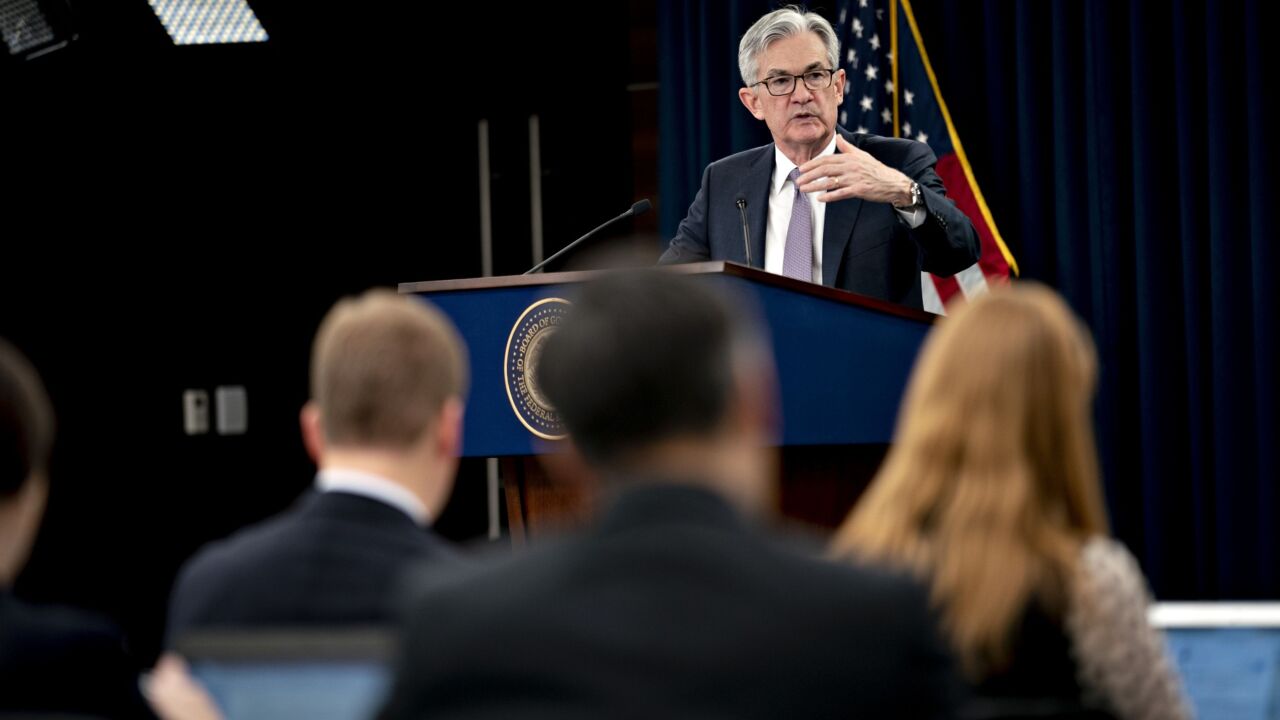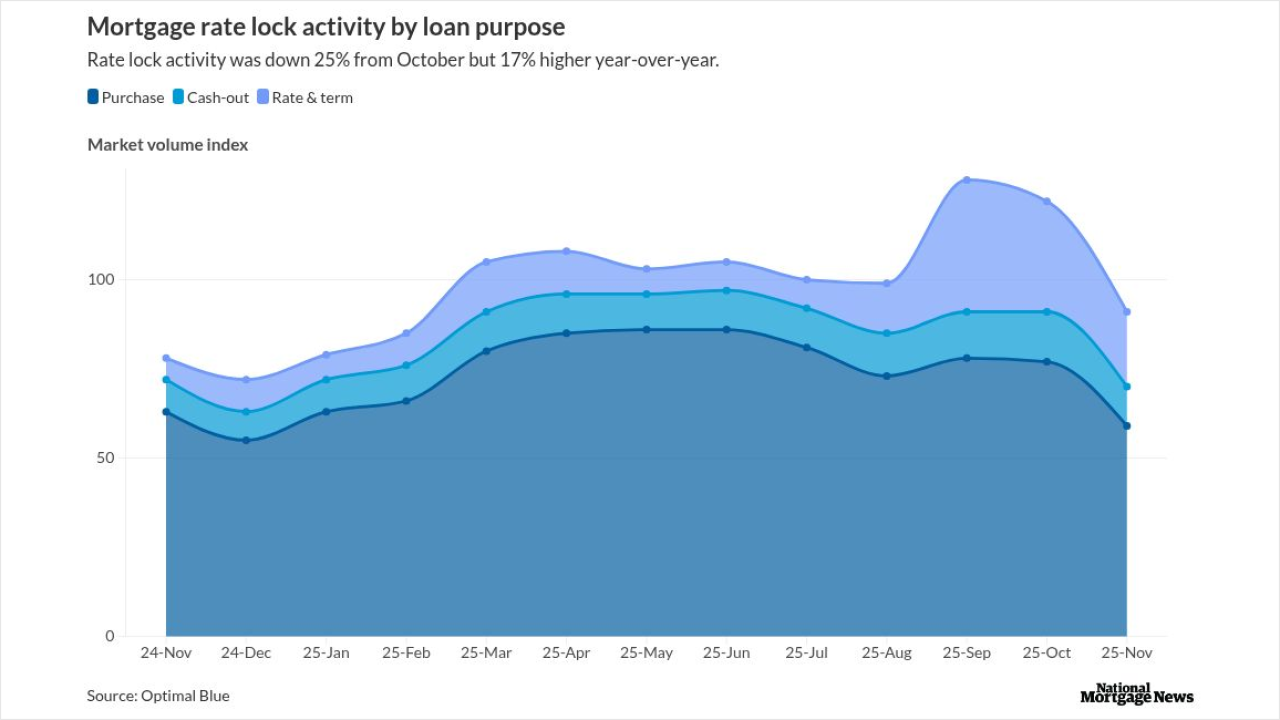(Bloomberg) --US employment unexpectedly surged in September, illustrating a durable labor market and bolstering the case for another Federal Reserve interest-rate hike.
Nonfarm payrolls increased 336,000 last month — the most since the start of the year — after sizable upward revisions to the prior two months, a Bureau of Labor Statistics report showed Friday. The unemployment rate held at 3.8%, and wages rose at a modest pace.
Treasuries fell, extending a selloff in government securities that has rapidly pushed up yields over the past month and threatens to undercut the economy by driving up borrowing costs. Traders boosted bets on a Fed hike by year-end, while the S&P 500 opened lower and the dollar strengthened.
"This is a blowout report, and it'll have people thinking that the Fed may pull the trigger on another hike before year-end, the selloff in rates be damned," Omair Sharif, president and founder of Inflation Insights LLC, said in a note to clients.
The surprising vigor of the job market suggests companies remain confident about their sales prospects. While the pace of hiring has cooled since last year, its resilience remains a key source of strength for household spending and the broader economy.
For the Fed, however, the labor market's strength threatens to hinder progress on curbing inflation. The government figures, along with other data like the recent pickup in job openings, add to the case for central bank officials to raise interest rates — already at a 22-year high — by another quarter percentage point this year.
Hiring was relatively broad-based, led by increases in leisure and hospitality, health care and professional and business services. Government payrolls also rose.
Average hourly earnings increased 0.2% last month and were up 4.2% from a year earlier, the smallest annual advance since mid-2021. Earnings for nonsupervisory employees, who make up the majority of workers, posted the smallest back-to-back monthly increases since 2020.
What Bloomberg Economics Says...
"The knee-jerk reaction to September's surprisingly hot non-farm payroll is that the Fed may have to hike more — but the details favor another interpretation. Household employment is weak, and the soft increase in wages and flat hours worked suggest labor-market conditions are not quite so rosy."
— Anna Wong, Stuart Paul and Eliza Winger
The mismatch between labor supply and demand is coming into better balance in part due to an improvement in participation in recent months. That said, the participation rate — the share of the population that is working or looking for work — held steady last month.
Historically, September payroll figures can be a tad quirky, given the need for the BLS to adjust for end-of-summer layoffs in the leisure and hospitality sector and a surge in hiring related to the start of the new school year.
The jobs report is compiled from two separate surveys. The survey of businesses and government agencies — which produces the payrolls and wage data — illustrated surprisingly robust job growth. However, the poll of households, which is used to calculate the unemployment rate, showed employment rose a much more modest 86,000 during the month.
While Friday's report had little notable drag from the recent proliferation of strikes, that will likely change with the October employment report. Most notably, payrolls are expected to take a hit from the United Auto Workers' unprecedented strike against the legacy Detroit car makers.
Other highlights:
- The employment-population ratio for those ages 25-54 — or the share of the population that has a job — fell to a four-month low of 80.8%. That's still just shy of a post-pandemic high
- The average workweek held at 34.4 hours
- The unemployment rate fell for Asian and Hispanic workers, but rose for Black workers in part on a pickup in participation
- The underemployment rate, a broader measure that includes those who prefer full-time work, ticked down to 7%
(Adds Bloomberg Economics comment)
--With assistance from Augusta Saraiva, Chris Middleton, Steve Matthews and Liz Capo McCormick.




